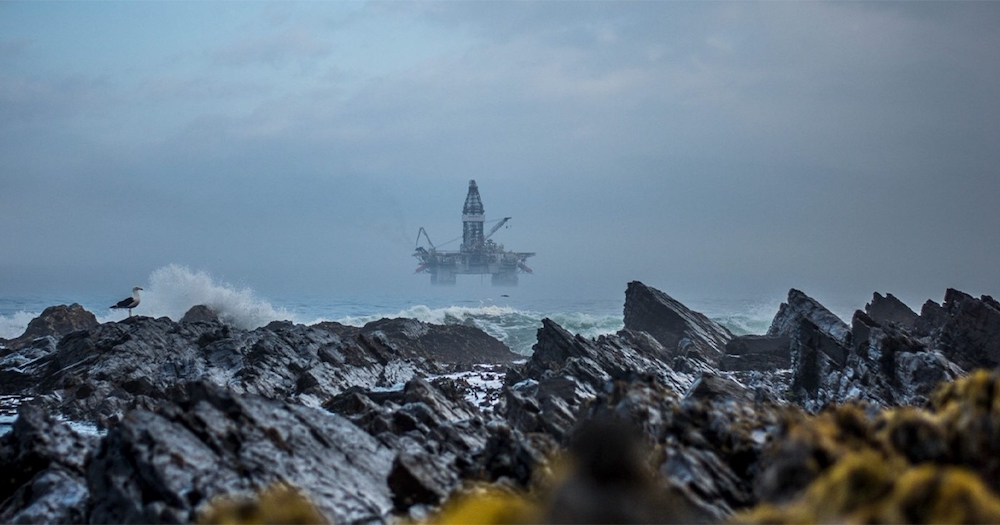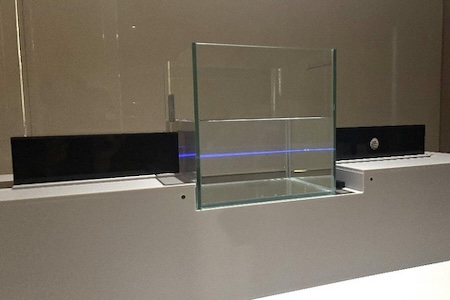
Discover World-Leading Technologies for Ocean Science
Discover cutting-edge solutions from leading global suppliers
Aberdeen-based process safety firm Salus Technical has successfully launched a working prototype of its artificial intelligence (AI) tool, HAZOP AI, designed for Hazard and Operability Studies (HAZOP).
HAZOP AI, applicable to all major hazard industries, prompts users to consider risks they may have missed, assists in answering questions, and provides guidance on good practice and past incidents with relevant learnings.
One of the main aims of the tool will be to reduce the time taken to complete a HAZOP by 50%, whilst increasing quality and consistency.
Following a successful product demonstration involving over 30 companies globally, the company set about completing a working prototype of HAZOP AI in the space of a week as part of a Hackathon.
Although AI is a highly discussed topic at present, this is the first time it has been used in this way for offshore process safety, and Salus’ MD David Jamieson believes that the creation of HAZOP AI is an opportunity for the North Sea to lead the way on process safety.
According to the company, it has invested heavily in AI in the process safety space and is currently working with several clients to develop bespoke tools that can be used to manage risks by using data from previous risk assessments and incidents.
“We know that a single solution may not fit every business and therefore, the real value lies in building bespoke products. We are delighted that so many organizations have already shown an interest in HAZOP AI, and with this, we hope to partner with several operators to build bespoke tools,” said David Jamieson, Founder and MD of Salus.
“Saving lives in hazardous environments is at the very core of all that we do, and that is why it was crucial for us to complete HAZOP AI and have the working version ready for use in this short timeframe,” Jamieson continued. “I am immensely proud of what the team achieved, and I welcome as many people as possible to trial the tool which will give individuals an insight into the potential future use of AI in HAZOPs. It is one of the most important exercises done to identify the sources of major accidents and utilising the latest technology should only enhance the role of people, not replace them.”
The IChemE has invited Salus Technical to host a webinar on HAZOP AI on Friday, 29th of September, and has accepted a paper from the company on the topic of AI in HAZOPs. This will form part of the institution’s Hazards 33 Process Safety Conference in November.
A demo of HAZOP AI is also available to be booked.
















